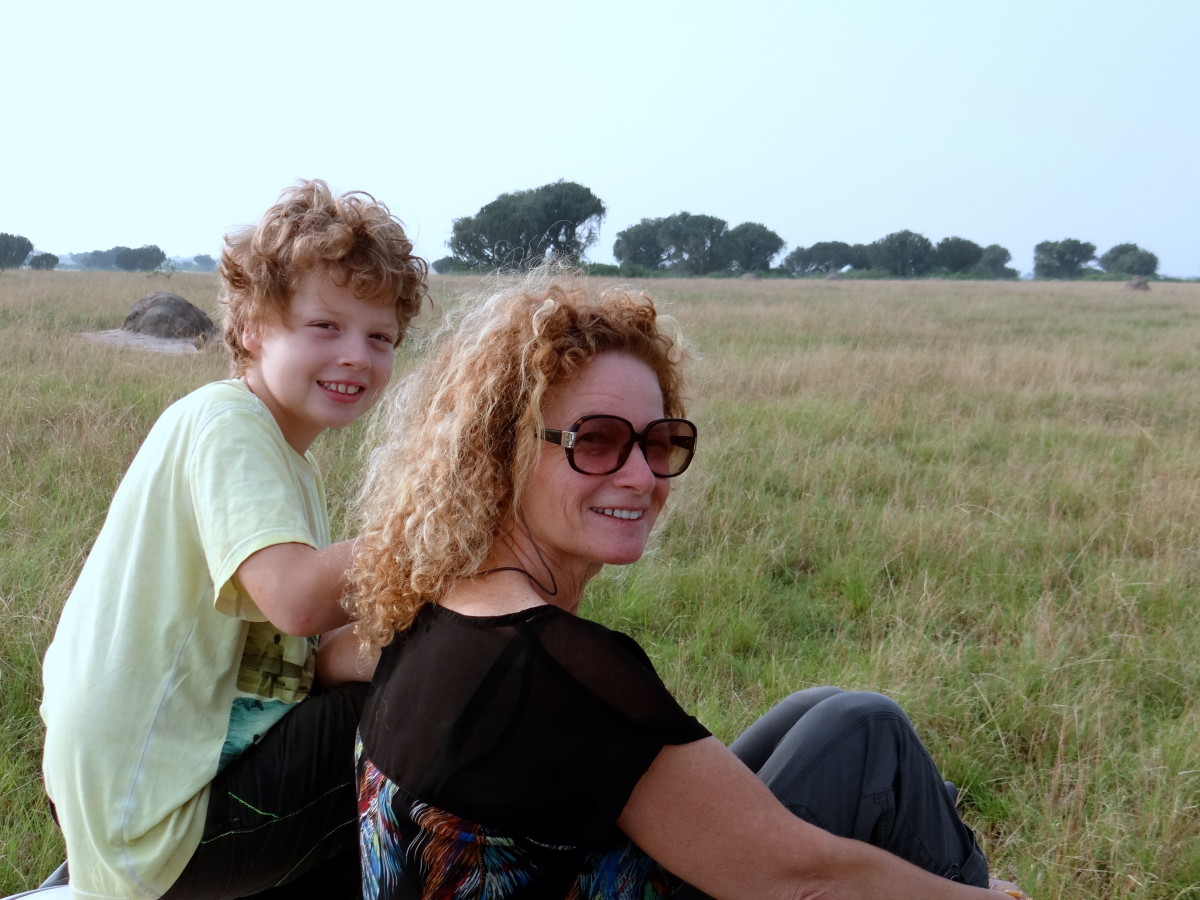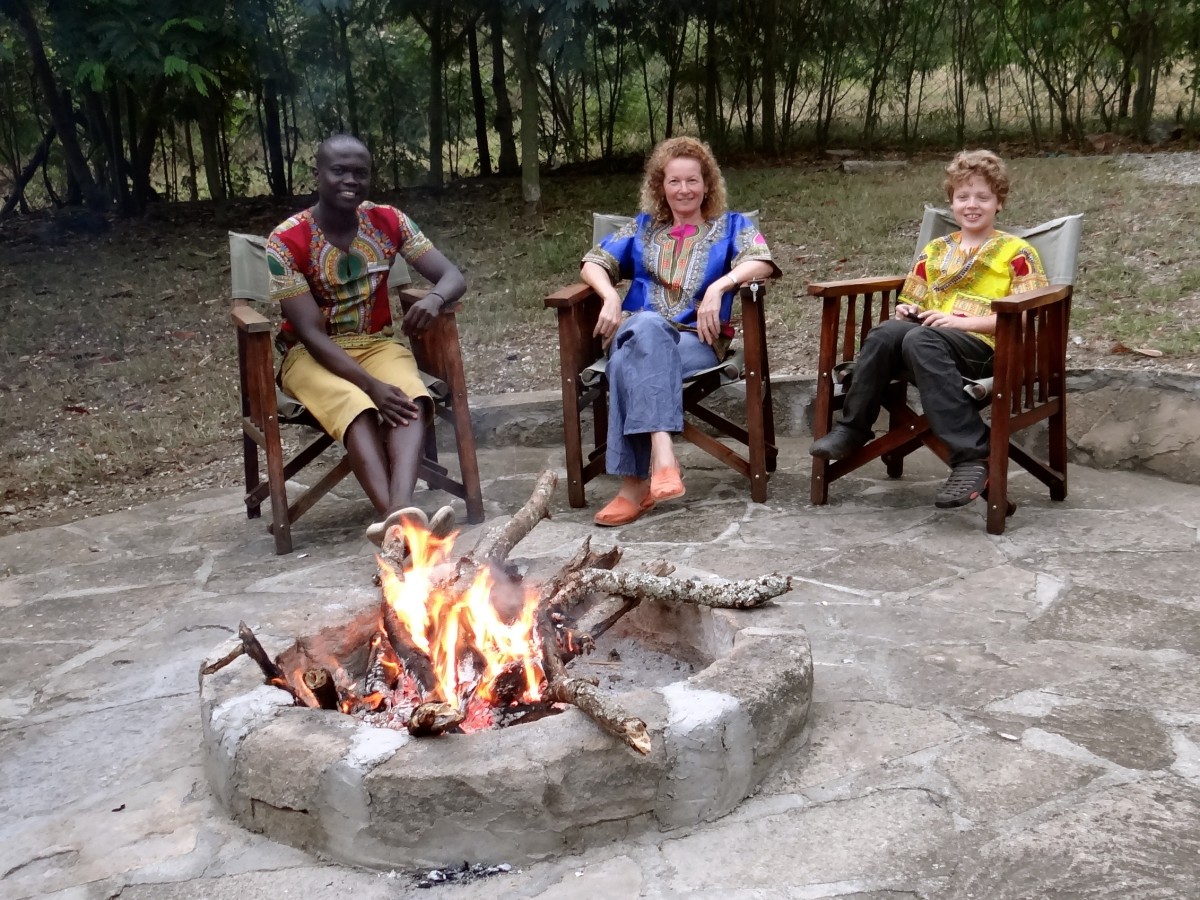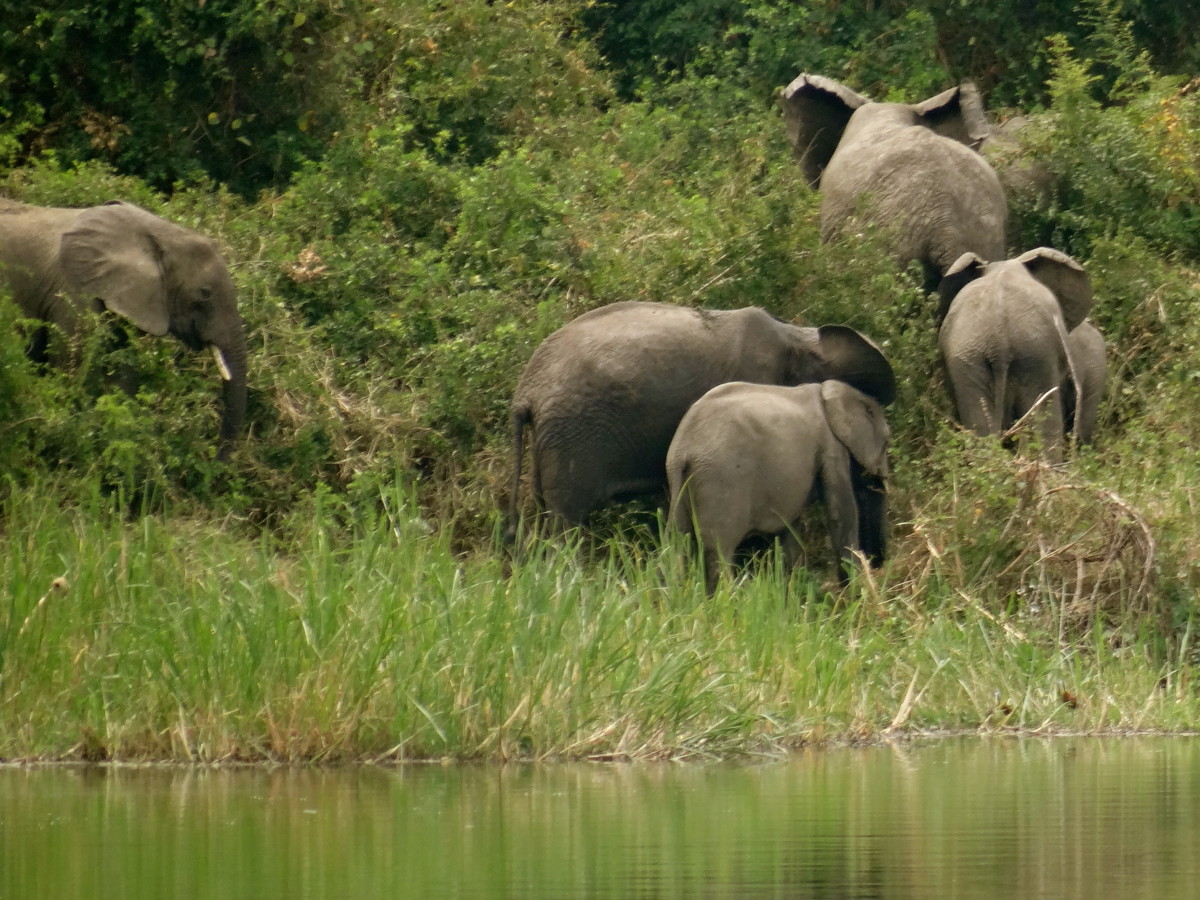
©Exploramum and Explorason – on our 4WD safari jeep rooftop watching the lions
The great wildebeest migration has been listed as a ‘wonder of the world’ for all the obvious reasons. It involves large herds of wildebeests, antelope, and zebras moving from Tanzania’s Serengeti National Park to Kenya’s Maasai Mara National Park as they escape harsh weather conditions and look for greener fields.
This is a phenomenon that happens between the months of July and October. You might want to plan for safari within these months since you will be able to see some much and learn a lot about the great wildebeest migration.
There are all kinds of budget facilitating safaris and we as luxury travel experts can recommend a plush and relaxing safari for you, or guide you to a basic and budget safari that still enables you to see these majestic beasts.
Read here on How To Choose An African Safari. We give you the Top 6 Safari Choices.
Before that happens, here are the five facts about wildebeest migration that you probably did not know about The Great Wildebeest Migration.

©Exploramum and Explorason – enjoy a campsite fire after your safari
The timing of the Migration
You can never be very sure of the exact date or timing that the great wildebeest migration will take place.
It is for this reason that it is said to occur anywhere between the month of July and October.
If you are interested in tracking their moment, you just have to be in Serengeti from July and patiently wait for the wonder to start and we as world travel experts think it is well worth booking a safari for this.
I would advise that you don’t rush ahead of the wildebeests since you never know when they will get to the spot you have mounted your cameras or pitched camp. It is simply unpredictable, and this is what makes it even a greater wonder never witnessed anywhere in the world.

©Exploramum and Explorason – many animals are attracted to the waterways
Crossing the Mara River
This is known to be the most dangerous part of the journey. As the wildebeests, gazelles, and zebras fast approach the river, the crocodiles, and hippos lie in wait within the waters of the Mara River. As they cross the river, these predators attack some of the unlucky wildebeests, making food out of them.
Those that find themselves crossing deep waters are washed away and drown in them. It is at this point where survival is not only for the fittest but also for the lucky ones. It means it is an ideal experience that we as luxury travel experts would recommend to you if you want to experience The Great Wildebeest Migration.

©Exploramum and Explorason – hippos lie in wait
Calves and Predators
I bet you already know that wildebeests give birth between the months of January and February. When this happens, lions and other predators come attacking. They are more interested in the newborns since they don’t seem to be as fast and strong as the adult wildebeests. Most of them don’t get lucky, and as a result, there appears to be an unending feast for these predators.
Fortunately, wildebeests seem to give birth at the same time. This means that within this period, approximately 350,000 calves are born. With such a high number of newborns, there is always a higher chance that a number of them will survive. Predators cannot just kill all of them.
This is exactly how a generation is kept from extinction. It is so amazing that the calves adapt so fast to their surrounding within a short time. In just 3 minutes, they can coordinate their steps and even outrun the predators rushing to attack them. This is another reason why they survive and a great lesson for world-schooling kids as they learn about The Great Wildebeest Migration.

©Exploramum and Explorason – zebras form part of the great migration
Acting on Instincts
The wildebeest always know where to go, when and under what circumstances and they use their animal instincts. For instance, when the grass plains of southern Serengeti dry up, they migrate west towards the woodlands of Tanzania. They are quick to notice any changes in weather patterns and will always move to regions with better conditions for survival.
They somehow have a way of knowing that the directions they choose lead to greener pastures and therefore, they have no other doubt about their instincts to head towards certain directions.
This is what sees them slowly move from the Serengeti in Tanzania and into the Maasai Mara in Kenya.

©Exploramum and Explorason – you will see many African animals on your safari
Migrating to Survive
I bet you wonder the logic behind this when some of them are eaten alive or drown as they cross the Mara River. You might however only gain an understanding of this when you learn about predators.
First, predators are known to be territorial. As a result, there are boundaries they cannot cross as they chase after these wildebeests. As a result, most of these animals manage to escape from the territories of their predators, hence remain safe from attack.
While are constantly faced with new threats, they manage to escape them with every mile they cover.
They also need to migrate since this is the only way they get to places with greener pastures. If they remain in dried up areas, most would die of starvation. So to book one of these safaris is a trip of a lifetime and well worth your hard-earned money. It is also a great opportunity to world-school your children about this amazing experience.

©Exploramum and Explorason – enjoy getting to know the locals at your campsite
Questions and Comments
- Are you planning a safari?
- If yes, what s your probable destination?
- We would love to hear what you say about this. Please feel free to leave your feedback below.
















